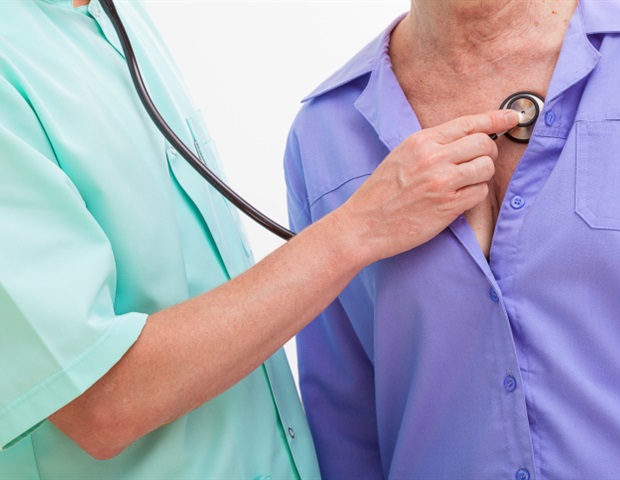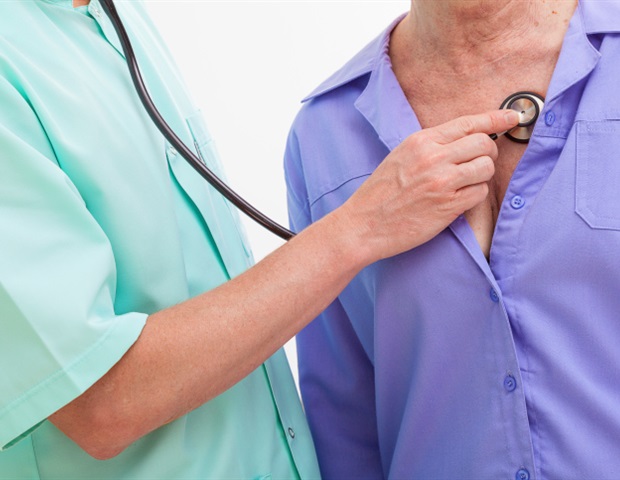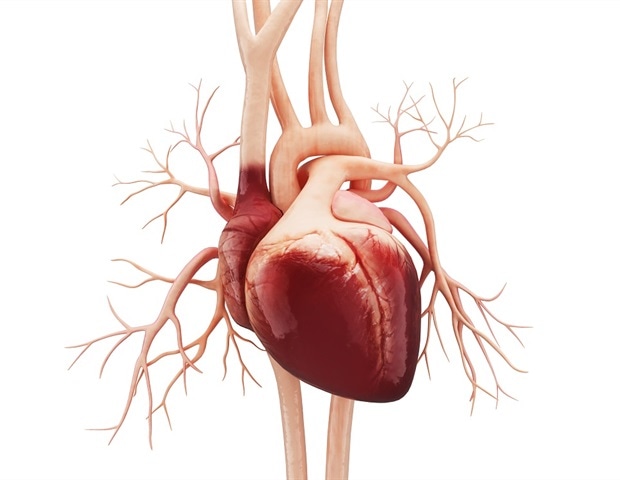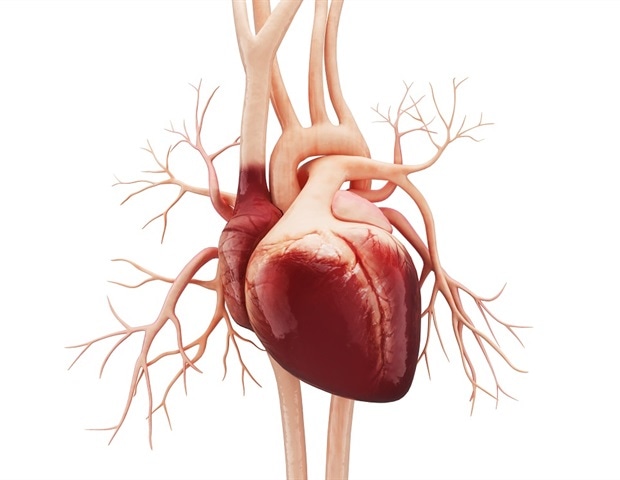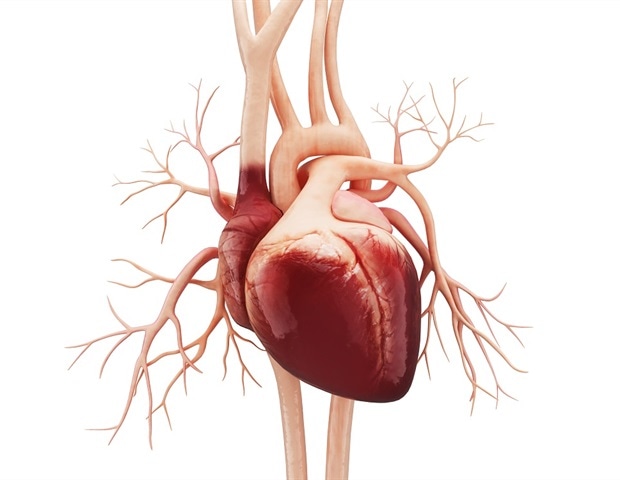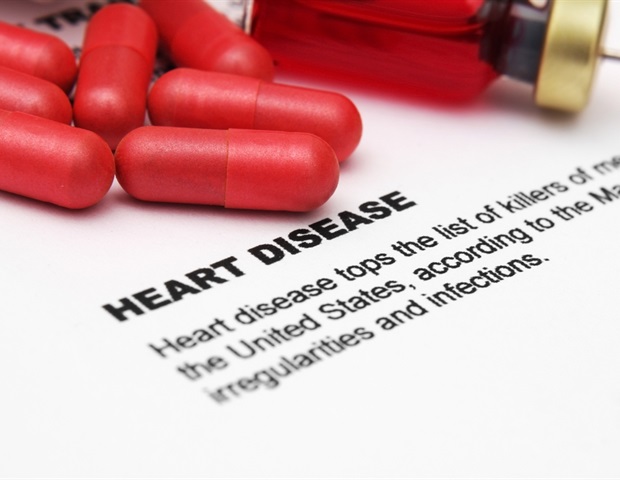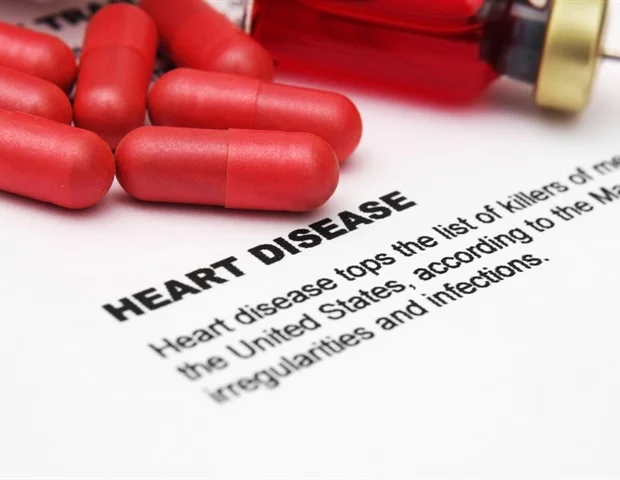
Research at Washington State University sheds new light on one molecule that may be used to treat a heart condition that can lead to stroke, heart attack and other forms of heart disease.
That molecule is mavacamten. Scientists at WSU’s Integrative Physiology and Neuroscience department discovered it suppresses excessive force generated by hyper-contractile muscle cells in the human heart.
The research, published in the British Journal of Pharmacology, is especially significant for those with hypertrophic cardiomyopathy, a genetic condition where the left ventricle wall of the heart is enlarged. If left untreated, hypertrophic cardiomyopathy can lead to cardiac fibrosis, stroke, heart attack, heart failure, other forms of heart disease and a condition known as sudden arrhythmic death syndrome.
Too much contraction leads to thicker, stiffer hearts, where the heart contracts so much it is unable to properly fill with blood as the heart relaxes. This ends up pushing less blood out of the heart with each heartbeat and, in turn, less blood pumped throughout the body like it is supposed to be.”
Peter Awinda, first author on the paper and scientific manager in Bertrand Tanner’s laboratory at WSU
Hypertrophic cardiomyopathy affects men and women equally. About 1 out of every 500 people have the disease.While there are some genetic markers to detect it, most people only discover their condition after a cardiac event that often results in a hospital visit.
The research
The project is a collaboration between the Tanner Laboratory in Pullman and Ken Campbell’s laboratory at University of Kentucky. Campbell manages a human cardiac biobank, where he ships tissue samples frozen in liquid nitrogen to Tanner, who is the principal investigator for the research.
After arriving in Pullman, the cardiac tissue was thawed, ‘skinned’ to remove the cell membrane, and trimmed to the right dimensions for an experiment.
Three micrograms of the drug, mavacamten, were then applied to some of the prepared tissue samples; other samples did not receive the drug and were labeled as controls.
To activate muscle contraction Awinda applied calcium to the tissue.
“As we increase calcium concentration it encourages contraction and the muscle goes from relaxed to contracted, and so we were testing the drug against these different levels of force,” Awinda said.
He found the drug reduces the maximal force of contraction by nearly 20 to 30% compared to the controls.
“The drug is successful because it is an inhibitor of myosin, which is one of the proteins required for the muscle contraction process,” Awinda said. “The research shows this could be a good candidate to treat hypertrophic cardiomyopathy.”
The collaborative study was made possible by organ donors and their families. The work was paid for by a $300,000 grant from the American Heart Association to Tanner and Campbell.
These initial studies helped Tanner and Campbell add an additional $2.8 million grant from the National Institutes of Health to support additional work in this area over the next 4 years.
Next steps
One of the research team’s next goals is to see how mice with a human mutation for hypertrophic cardiomyopathy respond to the drug.
Awinda said researching mice expressing the human gene is significant because it may provide a connection to what is seen in humans.
“When we see the same effects in the mice samples that we see in the human tissues, the drug is doing what it is intended to,” he said. “Both studies really help reinforce our understanding and inform us of what we see happening.”
Awinda, P.O., et al. (2020) Effects of mavacamten on Ca2+ sensitivity of contraction as sarcomere length varied in human myocardium. British Journal of Pharmacology. doi.org/10.1111/bph.15271.


